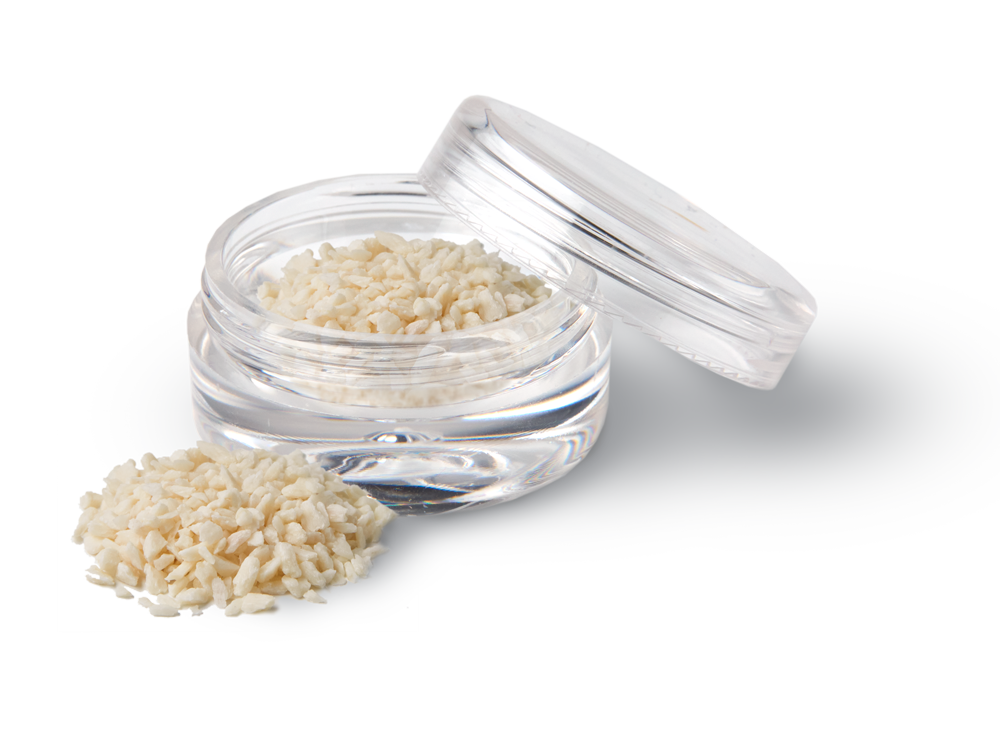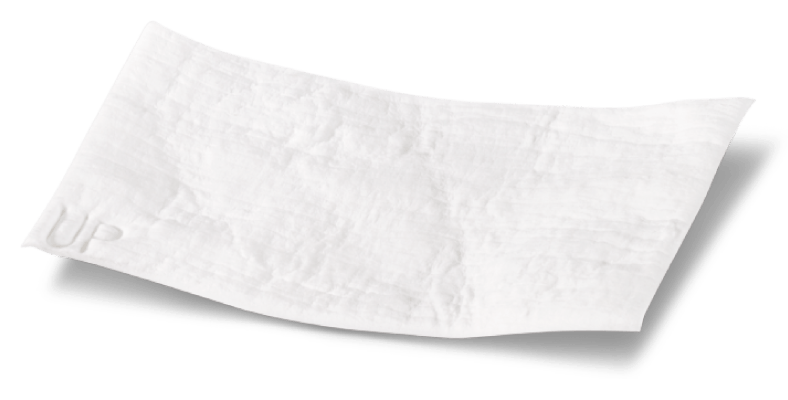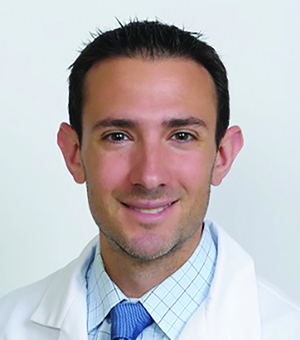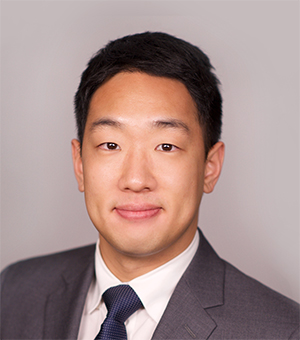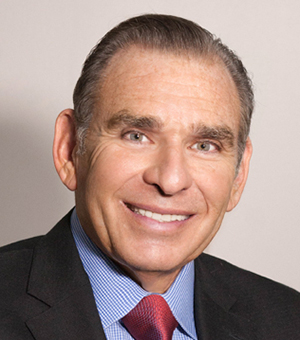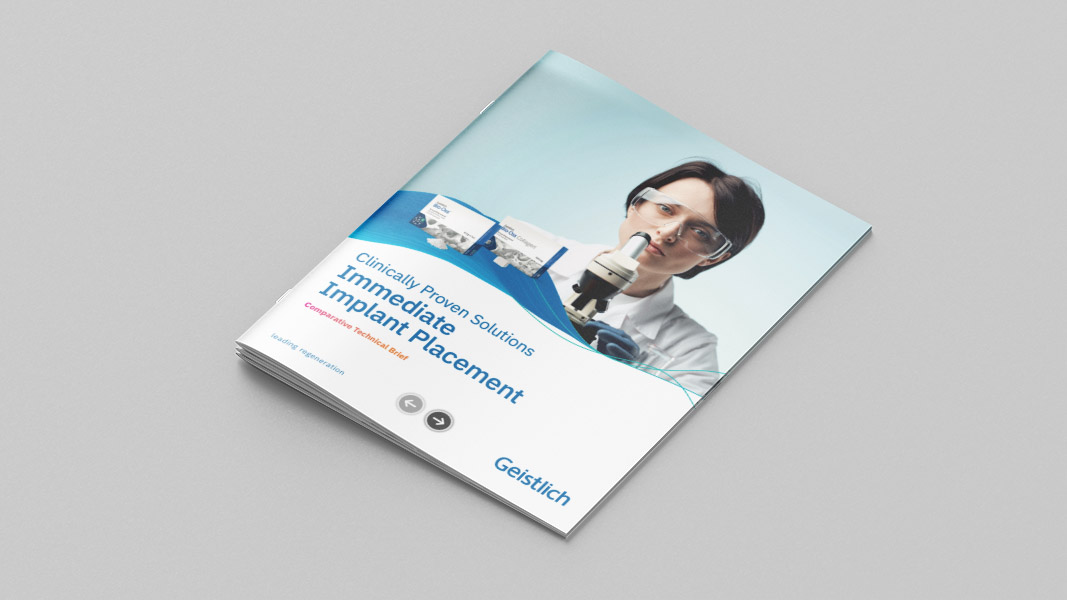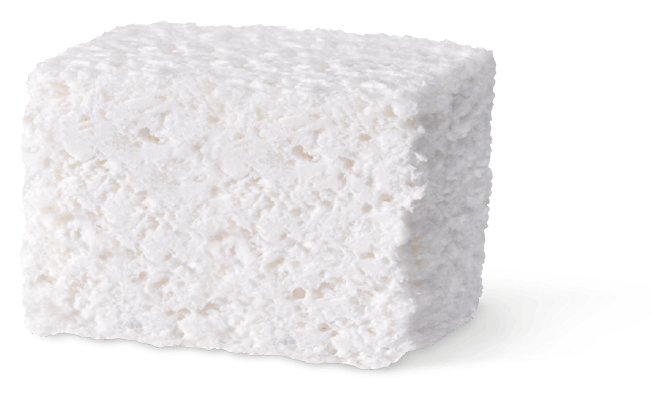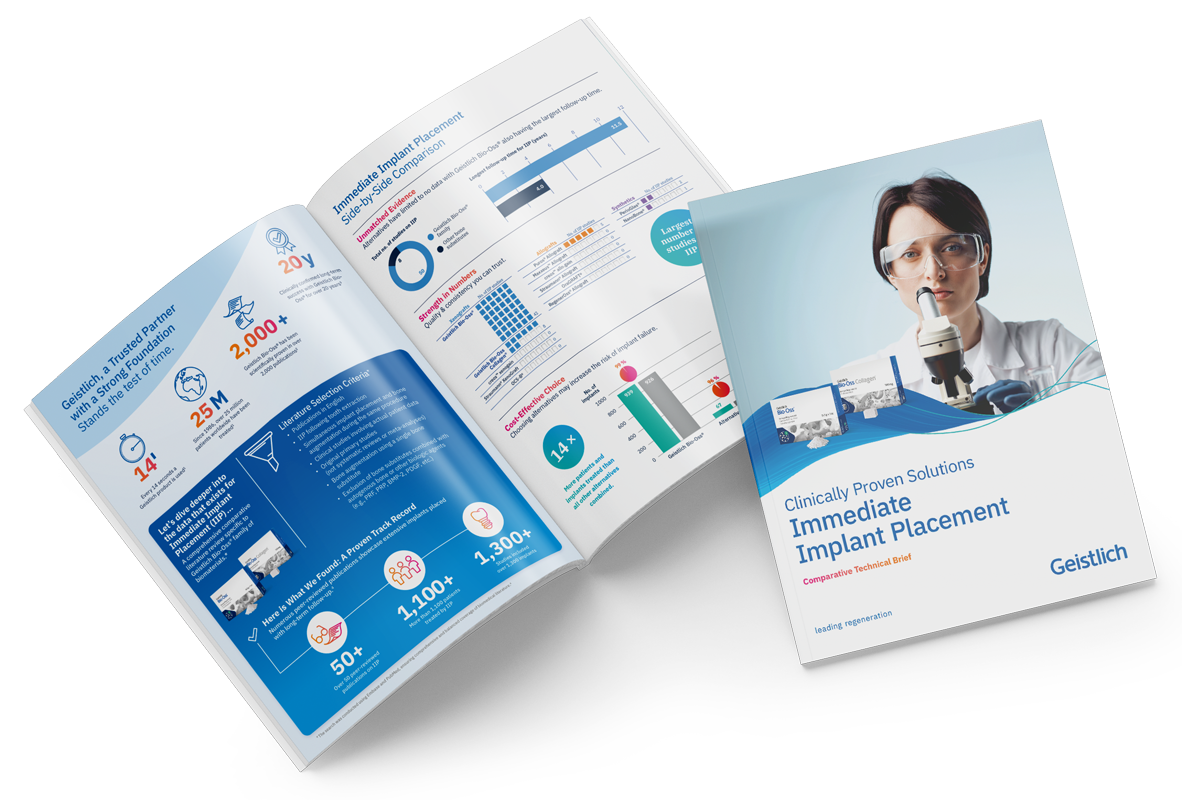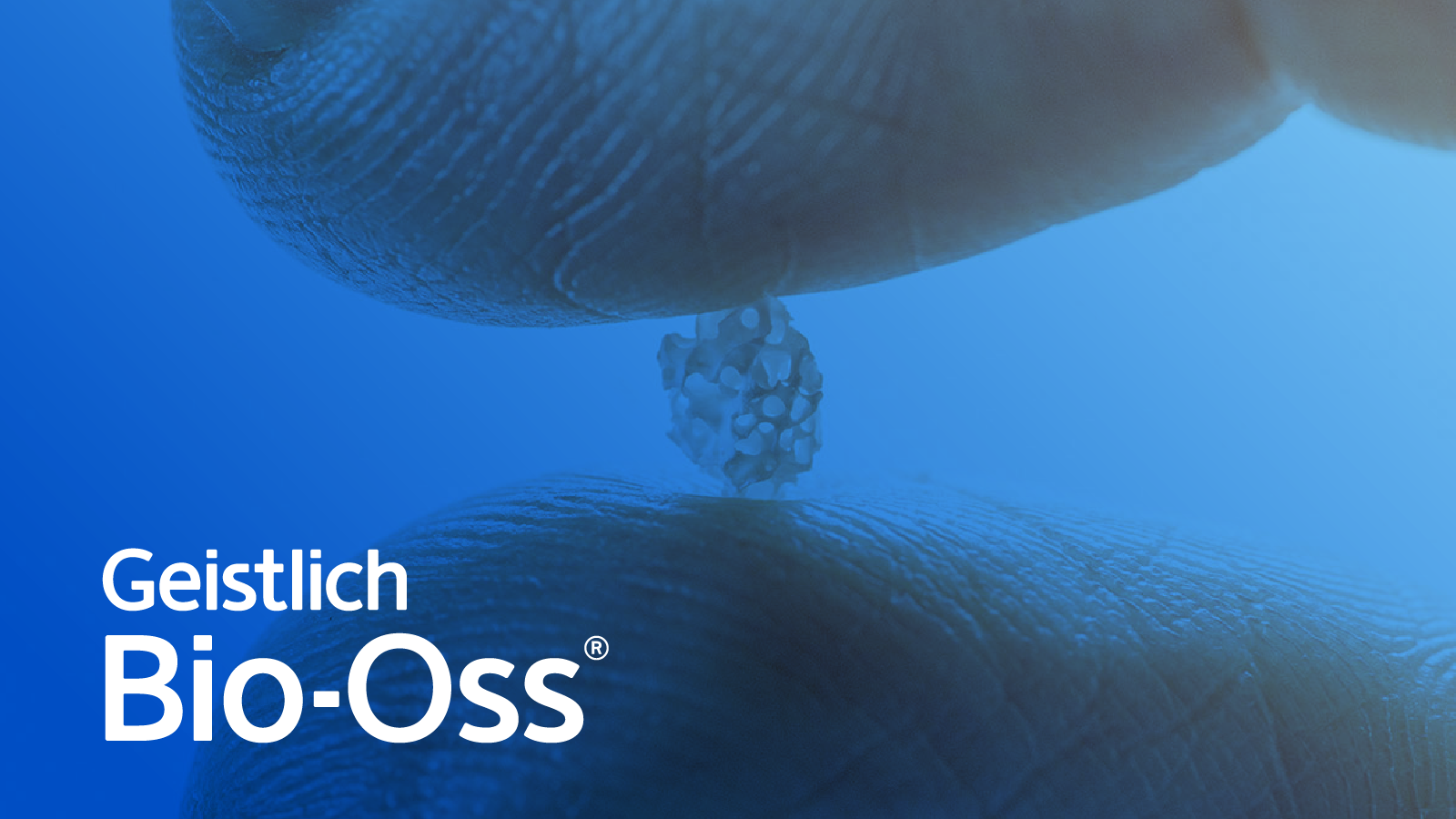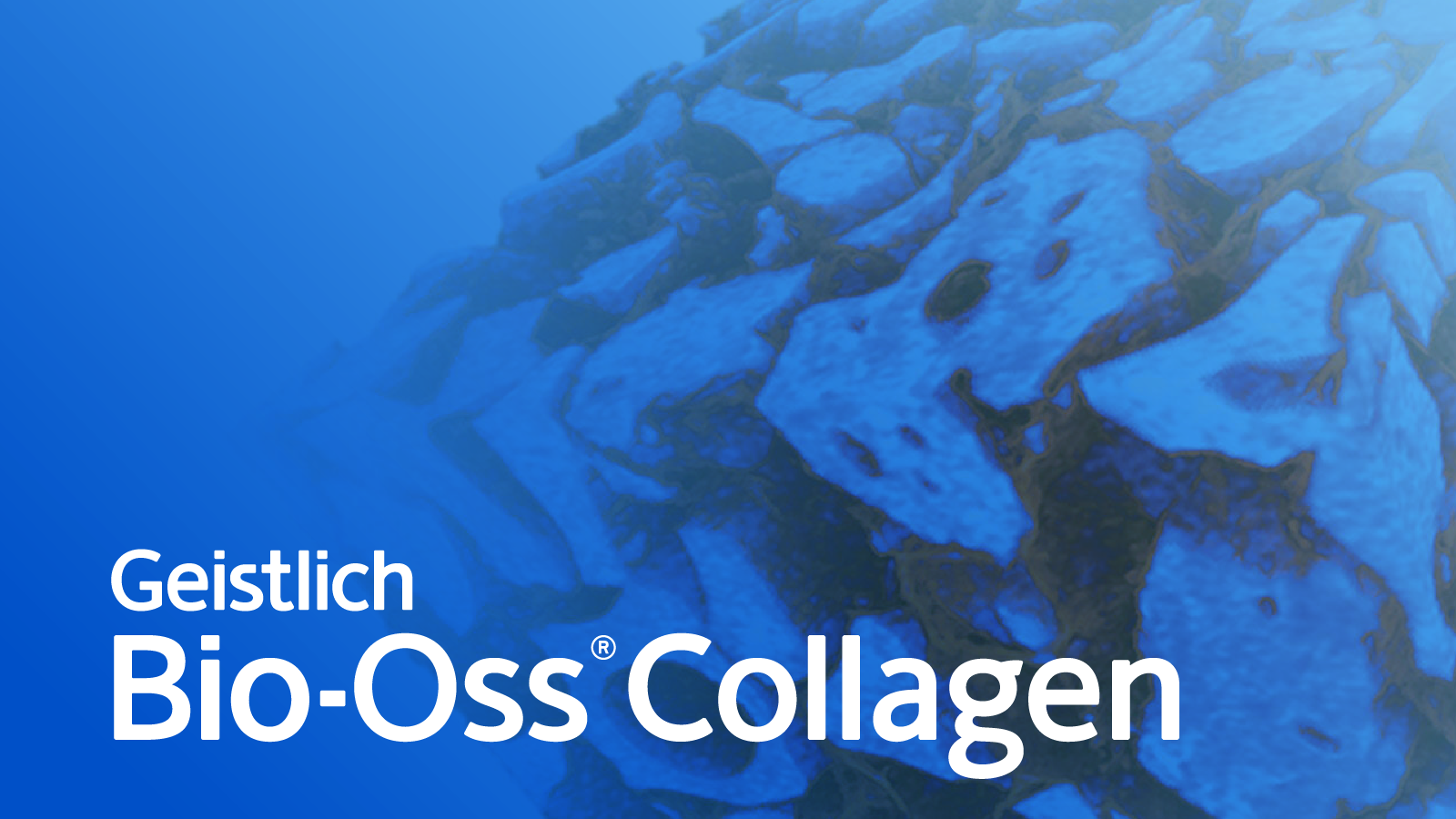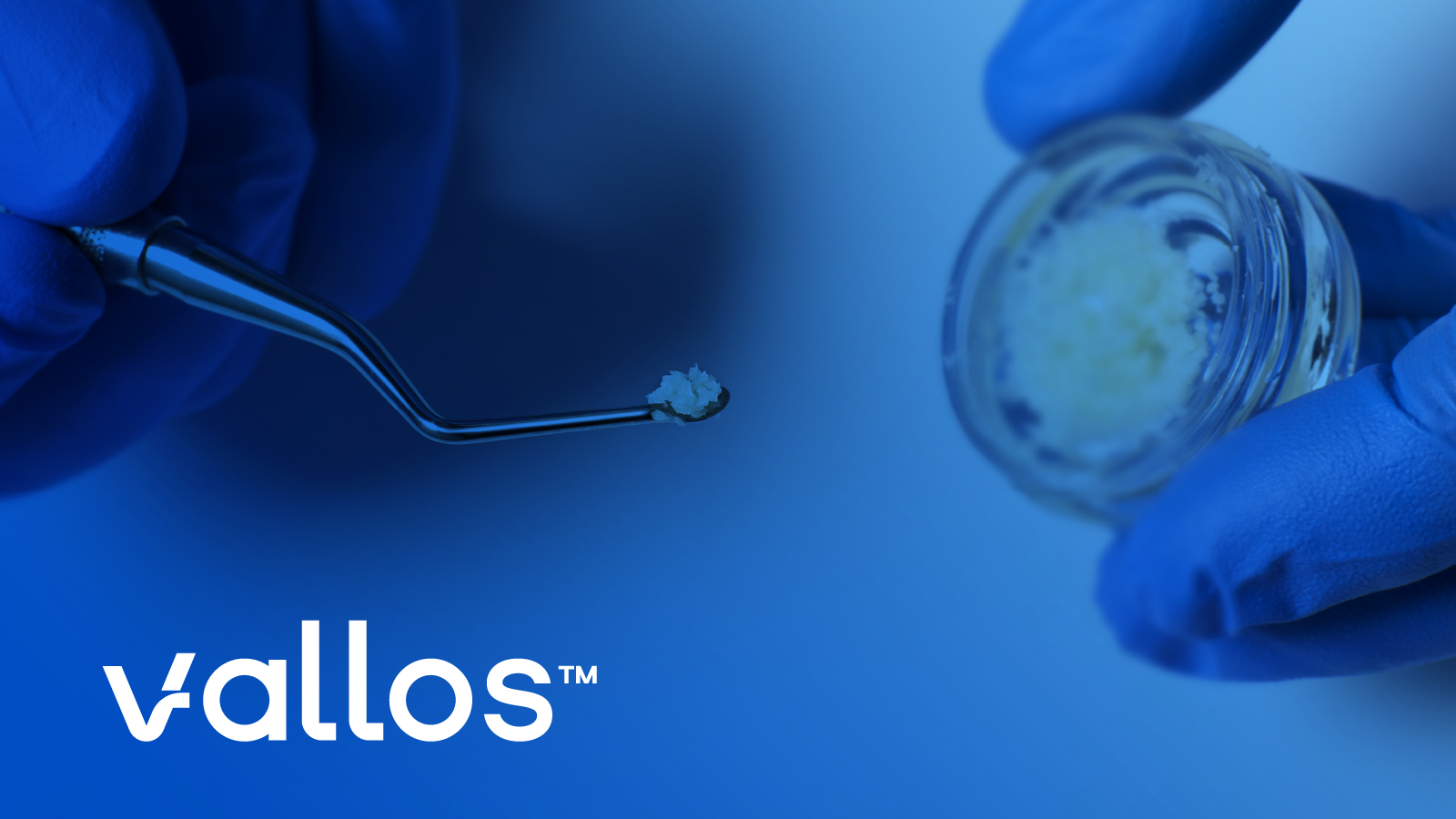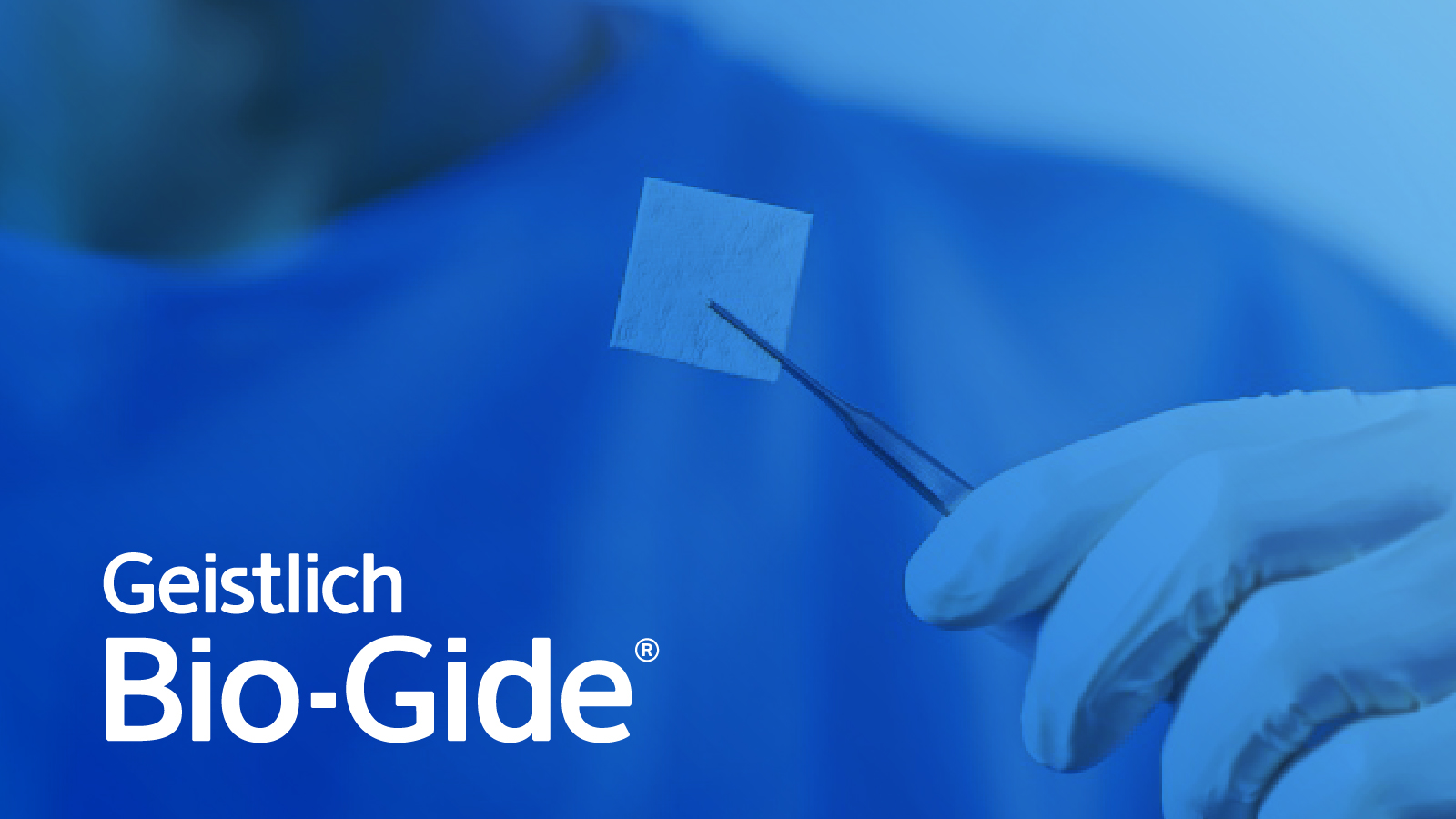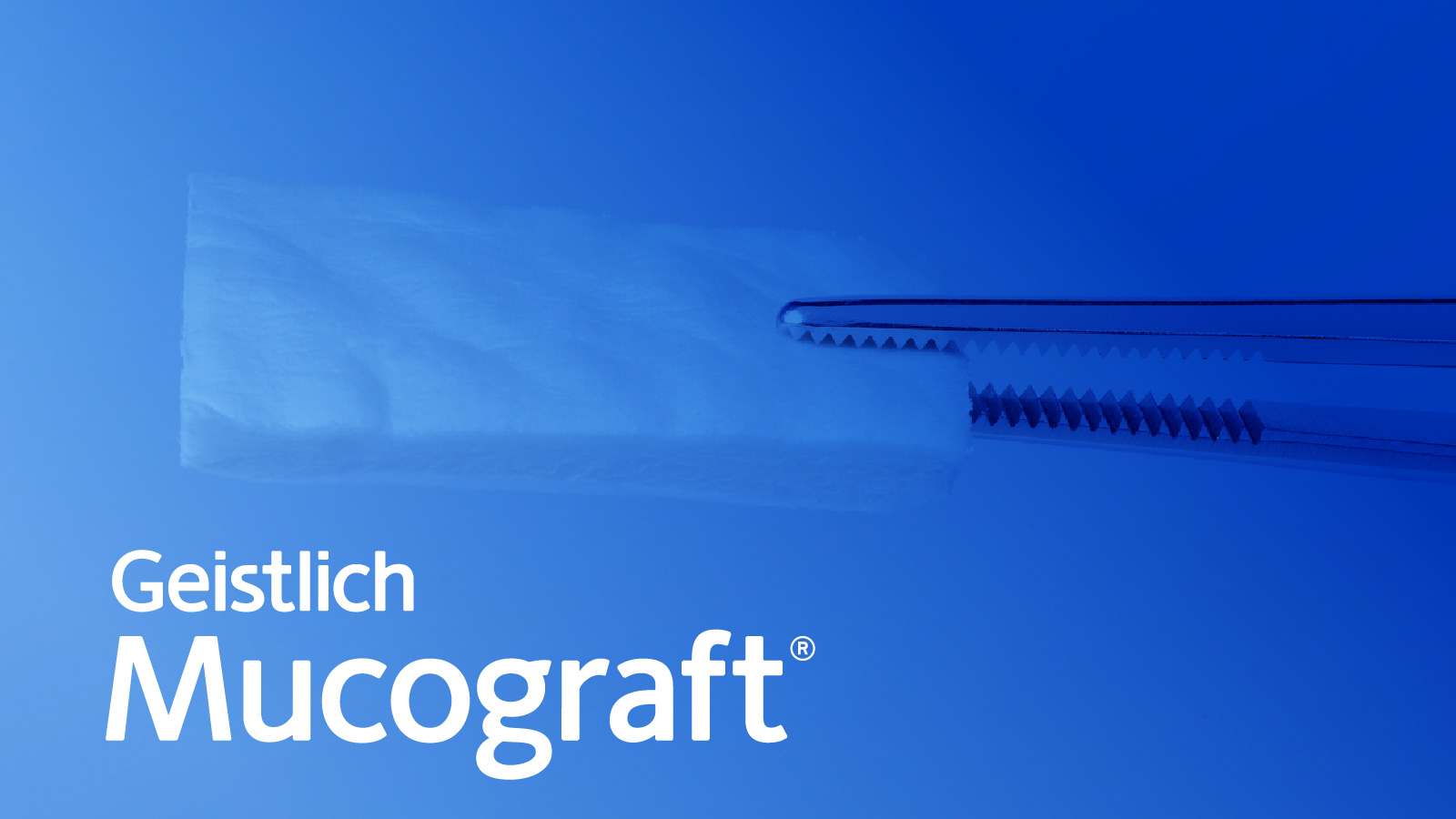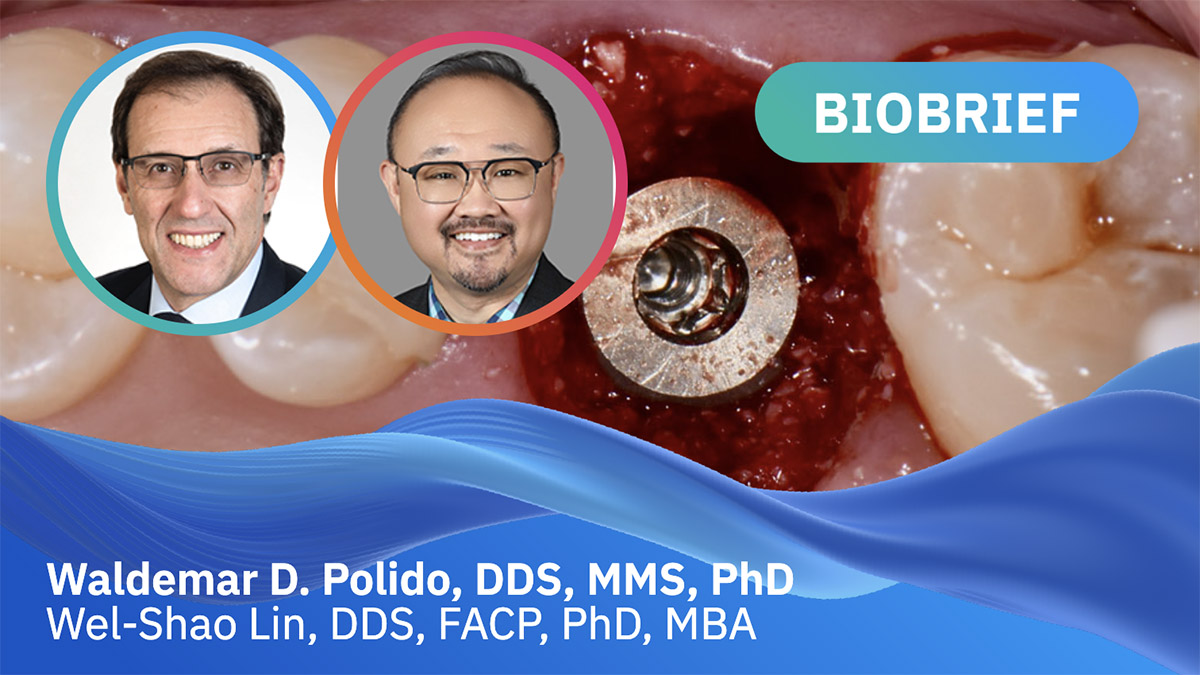Challenges of Immediate Implants Without Preventive Regeneration
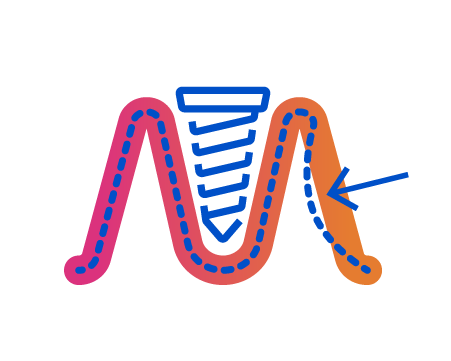
Implants alone cannot maintain the ridge volume. Studies show that after one year, 22% of the ridge width and 1.7 mm of the ridge height are lost5

Two-thirds of resorption take place within the first 3 months2

Poor maintenance of healthy peri-implant tissues leads to poor esthetic outcomes3,14

There is a 10x greater need for hard tissue augmentation at implant placement without previous ridge augmentation4
Immediate Implant Placement Proven Solutions with Geistlich Biomaterials

Unmatched Evidence:
Numerous studies on Geistlich Bio-Oss & Geistlich Bio-Oss Collagen showcase extensive implants and long followup periods. Alternatives have limited to no data in comparison, and Geistlich Bio-Oss & Geistlich Bio-Oss Collagen have the largest number of studies on Immediate Implant Placement.15

Cost Effective Choice:
Choosing alternatives may increase the risk of implant failure. 14x more patients and implants were treated with Geistlich Bio-Oss & Geistlich Bio-Oss Collagen than all other alternatives combined.15
What can I do to minimize bone volume resorption around my patient’s immediate implant?
Fill The Gap
Fill-the-gap in extraction sockets with
preserved buccal bone wall1
Fill-the-gap in extraction sockets with
defective buccal bone wall3
Seamless Solutions:
For the best clinical outcomes the choice is clear: Fill The Gap.
Geistlich products make this Simple and Effective.
- Filling the peri-implant gap with Geistlich Bio-Oss® Collagen and Geistlich Bio-Gide® preserved 92% of the original ridge width.5
- Filling the peri-implant gap with Geistlich Bio-Oss® Collagen resulted in better soft and bone tissue outcomes than immediate implants alone.⁶
- Geistlich biomaterials can largely compensate for bone loss and preserve the contour of the alveolar ridge.1,7,8
- Reduced number of surgeries per patient.5,10-13
- Preserves soft tissue volume, leading to an improved treatment outcome.⁹

Treatment of the Failed Maxillary Central Incisor Tooth: “10 Keys” for Successful Esthetic Zone Single Immediate Implants
Knowledge Boost:
Predictability and Esthetic Outcomes in Immediate Implant Placement

Implant Survival in Augmented Bone versus Native Bone

Soft Tissue Contour Changes at Immediate Implants

Influence of Immediate Implant Placement and Provisionalization…
- Cardaropoli D, et al. Int J Periodontics Restorative Dent. 2014 Mar–Apr;34(2):211-7. (Clinical study)
- Schropp L, et al. Int J Periodontics Restorative Dent. 2003 Aug;23(4):313-23. (Clinical study)
- Vignoletti F, et al. Clin Oral Implants Res. 2012 Feb;23 Suppl 5:22-38. (Systematic review)
- Weng D, et al. Eur J Oral Implantol. 2011;4 Suppl:59-66. (Systematic review)
- Cardaropoli, D. et al. Int J Periodontics Restorative Dent. 2014;34 (5):631-7. (clinical study)
- Girlanda, FF., et al. Clin Oral Investig. 2019 Oct;23(10):3885-3893. (clinical study)
- Jung RE, et al. J Clin Periodontol. 2013 Jan;40(1):90-8. (Clinical study)
- Cardaropoli D, et al. Int J Periodontics Restorative Dent. 2012 Aug;32(4):421-30. (Clinical study)
- Ackermann KL, Extraction site management using a natural bone mineral containing collagen: rationale and restrospective case study.
The International Journal of Periodontics and Restorative Dentistry 2009; 29: 489-497 - Cardaropoli, D. et al. Int J Periodontics Restorative Dent. 2015;35:677-85. (clinical study)
- Tarnow DP et al. Int J Periodontics Restorative Dent. 2014 May-Jun;34(3):323-31. (clinical study)
- Al-Sabbah M et al. Dent Clin North Am. 2015 Jan;59(1):73-95. (clinical review)
- Sanz M et al. Clin Oral Implants Res. 2017 Aug;28(8):902-910. (clinical study)
- Schlee M, Esposito M: Eur J Oral Implantol 2009; 2(3):209-17. (Clinical study)
- Data on file, Geistlich Literature Search Evaluation Report, 2024, Geistlich Pharma AG






